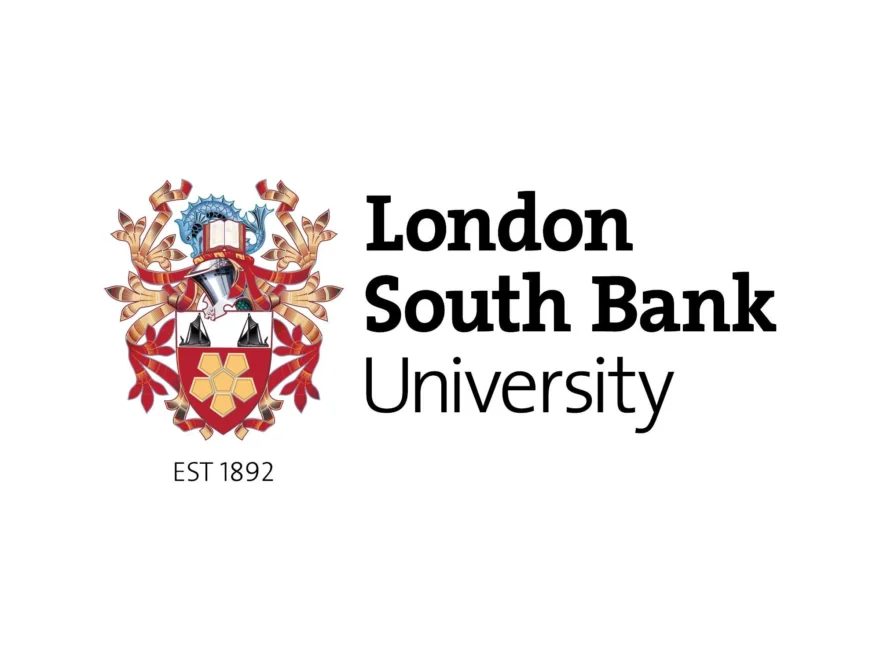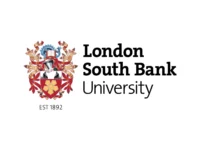LSBU 12-Week Review of the Allen Carr Easyway Program
Allen Carr’s Easyway as part of a quit smoking service in East Sussex deemed successful and good quit rates at 4 and 12 weeks.

In 2024, East Sussex County Council launched a pilot project with Allen Carr’s Easyway. The council required Allen Carr’s Easyway to focus on Eastbourne and Hastings, two areas with high levels of smoking dependence and deprivation. Marketing efforts were also targeted toward the postcodes with the highest levels of deprivation in those areas.
To ensure an independent evaluation, the council appointed London South Bank University (LSBU) researchers Dr Kirstie Soar, Prof. Lynne Dawkins, and Prof. Daniel Frings. Their role was to assess the uptake, engagement, and effectiveness of ACE as part of the local quit smoking service.
About the Program
The Allen Carr Easyway method has been used worldwide for decades to help people quit smoking. Unlike approaches that rely on willpower, nicotine replacement, or medication, Easyway focuses on changing the way smokers think about cigarettes, removing the feeling of loss or sacrifice when they quit.
LSBU concluded:
- ACE delivered the intervention successfully
- 4 and 12 week quit rates were good
- Clients receiving the intervention reported an average LSOA of 3.72. (1 = most deprived and 10= least deprived.)
- The highest cohorts were from LSOA of 1.
They also stated that the attendees were from a “higher socio-economic group” based on housing status, ethnicity, LBGT+, occupational status and psychological health yet at the same time:
Deprivation level
- Highest number of attendees were from LSOA IMD = 1 i.e. the most deprived area
- Average deprivation is 3.72 out of 10 (1 is most deprived)
- That doesn’t suggest higher socio-economic groups
Housing Status
- 27% rent
- 13% council houses
- Balance were buying their house in a high deprivation area which doesn’t suggest higher socio-economic status just that they are trying to better their circumstances and buy a council house.
Ethnicity
- 7% BAME compared with census for East Sussex of 4%
- This suggested better performance
LGBTQ+
- 5% LGBTQ+ which is higher than the local population average.
Occupation status
- 18% routine and manual workers
- 19% not working, home carer, retired or student
- All of which are key low socio-economic groups.
- If you were to use the NS-SEC and International Standard Classification of Occupations (ISCO) job types you would analyze the intermediate group better. ACE did this and shared it with you which shows that 25% of attendees were service & sales workers which ISCO categorise as lower socio-economic jobs.
- In fact 49% of users were in a “low socio-economic group” per the ISCO definitions
Long-term health issues
- 17% Mental Health (ACE reports show 21%)
- 83% have long-term health issues
So, although under the guidelines LSBU used, they stated that the attendees were from a “higher socio-economic group”, the evidence above shows the whole picture, which, any reasonable person would say, shows that attendees were from a “lower socio-economic group”.
Overall, LSBU confirmed good uptake, engagement and effectiveness of ACE.
Paul Baker, CEO of Allen Carr’s Easyway said “we are delighted by the evaluation which shows that the uptake, engagement and effectiveness of ACE for a quit smoking service was good with good results at 4 weeks and 12 weeks.



